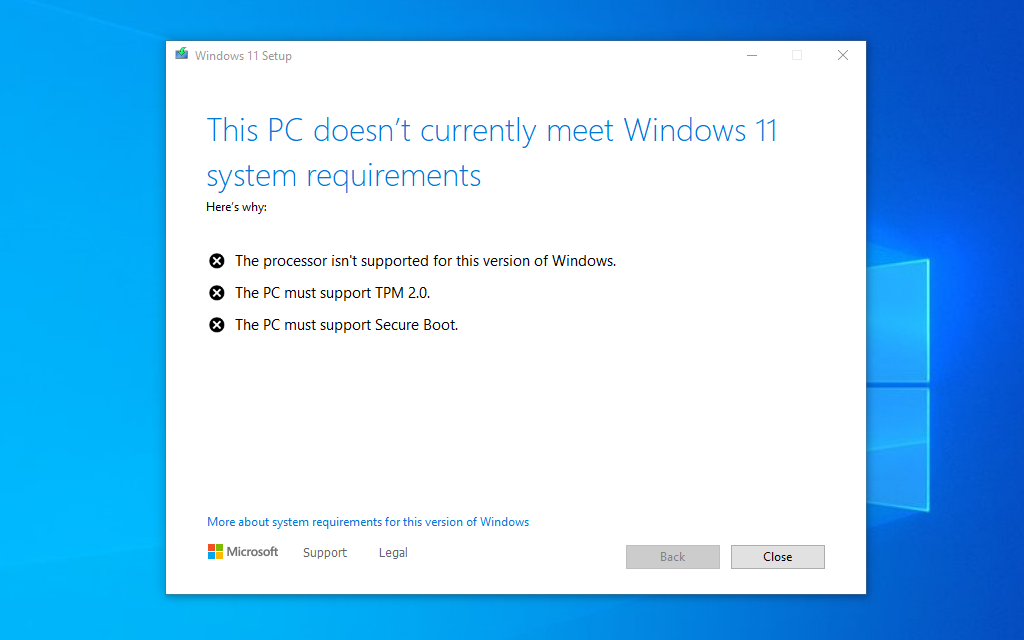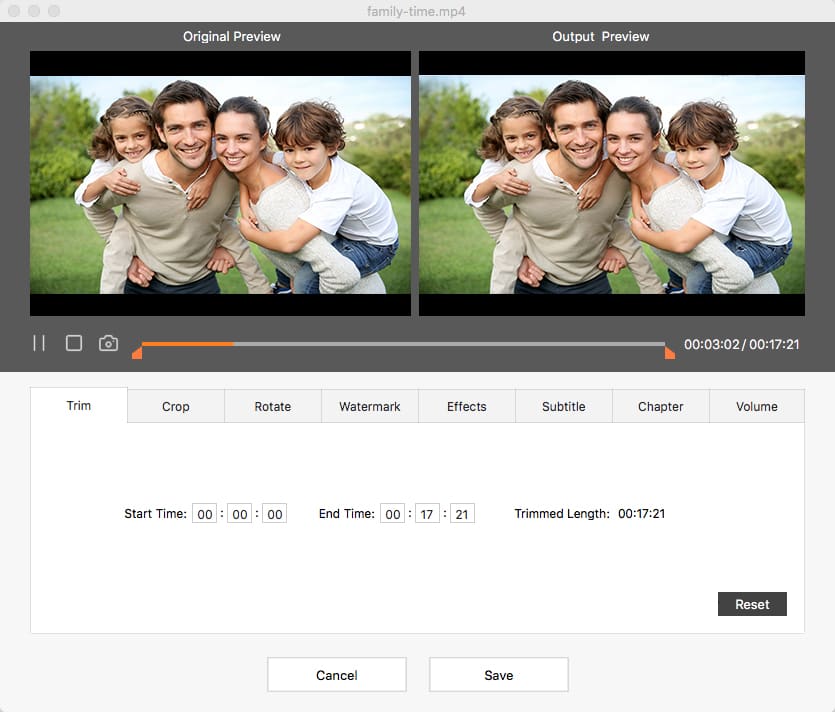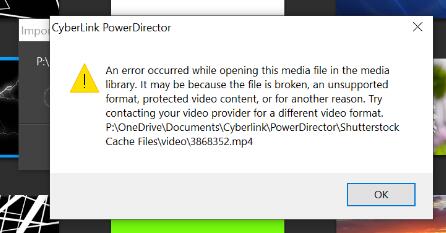

Most of us still watch programs that are delivered using interlaced SDTV formats. The ability to de-interlace video formats of various resolutions for presentation on progressive displays is one of the most important developments in the digital television transition. The goal is not to present more information per se, but to eliminate the perception of the raster when it is blown up to large sizes. The additional samples are only necessary when the screen size is larger than 70in diagonally or when the viewer is sitting close to the screen, as is the case for high-resolution computer displays.įor applications where 1080/60p makes sense, upconversion from other HD formats produces excellent results.
#DVD STUDIO PRO INCOMPATIBLE FORMAT 720P#
In reality, 720p is more than adequate for most consumer displays. The ability to display HD images at these high spatial and temporal resolutions does not necessarily mean that 1080/60p acquisition and production tools are imminent, or even necessary for most applications. Several consumer electronics manufacturers have announced new HD rear- and front-projection systems using the new 1920×1080 at 60p DLP chip from Texas Instruments. Apple's 30in monitor has plenty of room for a 1920×1080 window inside its spacious 2560×1600 raster. Modern display technologies are now up to the task of displaying 1920×1080 pixels (or more) at 60fps to 75fps. Many camcorders now support the new HDV format, including the HVR-Z1U from Sony. However, modern digital compression techniques actually work better with progressively scanned sources. Interlace is a crude compression scheme that trades off spatial resolution for temporal resolution. However, it opted for 1125 interlaced lines for many of the same bandwidth conservation reasons that contributed to the choice of interlace for the television systems we have been using for nearly a century.

NHK, which did most of the research behind the 1125/60 system, found that a progressively scanned system with fewer lines would provide the same benefits.
#DVD STUDIO PRO INCOMPATIBLE FORMAT PROFESSIONAL#
When the Japanese developed the 1125/60 HD systems in the late '70s, virtually all displays were CRT-based, and the scan rates associated with progressively scanning 1000 lines at 60fps were difficult to support in both professional and consumer products. Interlace survived the transition to HD because of the difficulty and cost associated with acquiring and displaying HD images with more than 1000 lines. JVC also showed a prototype of a new HD ENG camera that will record long-GOP MPEG-2 at 25Mb/s to DV tape and at higher bits rates to a hard disk drive to support the demands of higher frame rates.īroadcast Engineering will provide more detail on these and other HD camera/camcorder product introductions in our June NAB wrap-up issue. The new JVC camera is also capable of outputting 1280×720 at 60p, but this cannot be recorded using the internal DV tape drive. However, 1280×720 at 24p is not part of the original HDV specification created by JVC, Sony, Canon and Sharp. These images can be recorded on standard DV tape using long-GOP MPEG-2 compression. JVC introduced the GY-HD100U, an HD camcorder that uses three 1/3in progressive scan sensors to acquire images at 1280×720 at 24p. But HDV appears to be more of a marketing term than a format, as a variety of incompatible products were announced that use long-GOP MPEG-2 to record a variety of HD formats at a variety of bit rates. Apple announced support for long-GOP MPEG-2 editing in Final Cut Pro, the compression technology that allows HD images to be recorded at 25Mb/s onto standard DV tapes. Apple boldly claims users can “edit anything,” and industry partners are stepping forward to put this claim to the test.Ĭoming into NAB, the HDV format was the big buzz, with Sony claiming to have shipped more than 30,000 of its three-chip 1080i HVR-Z1U camcorders. Apple Cinema Displays are used routinely to create HD video programming using Apple's Final Cut Studio tools, which now include Final Cut Pro 5, Soundtrack Pro, Motion 2 and DVD Studio Pro 4. Computers have had high-resolution progressive displays for years.

Driven by massive volumes and the reality that HD video is just another form of data to be processed, products based on IT technologies now dominate the show floor. The information technology revolution is gobbling up what is left of traditional video-centric products targeted at broadcasters and the “new media” professionals that now dominate NAB attendance. The buzz at NAB2005 involved two converging themes: IT and HD.


 0 kommentar(er)
0 kommentar(er)
